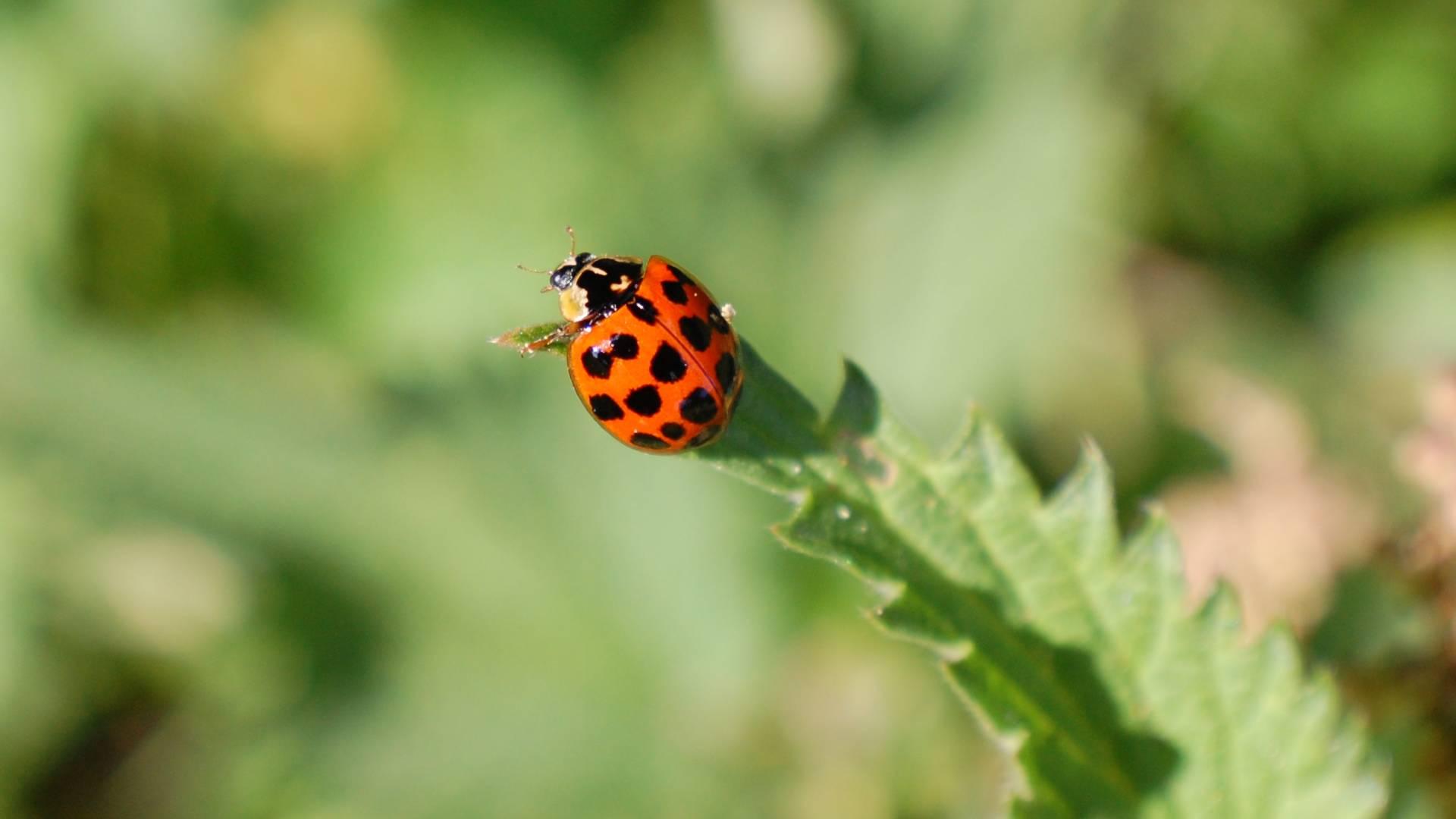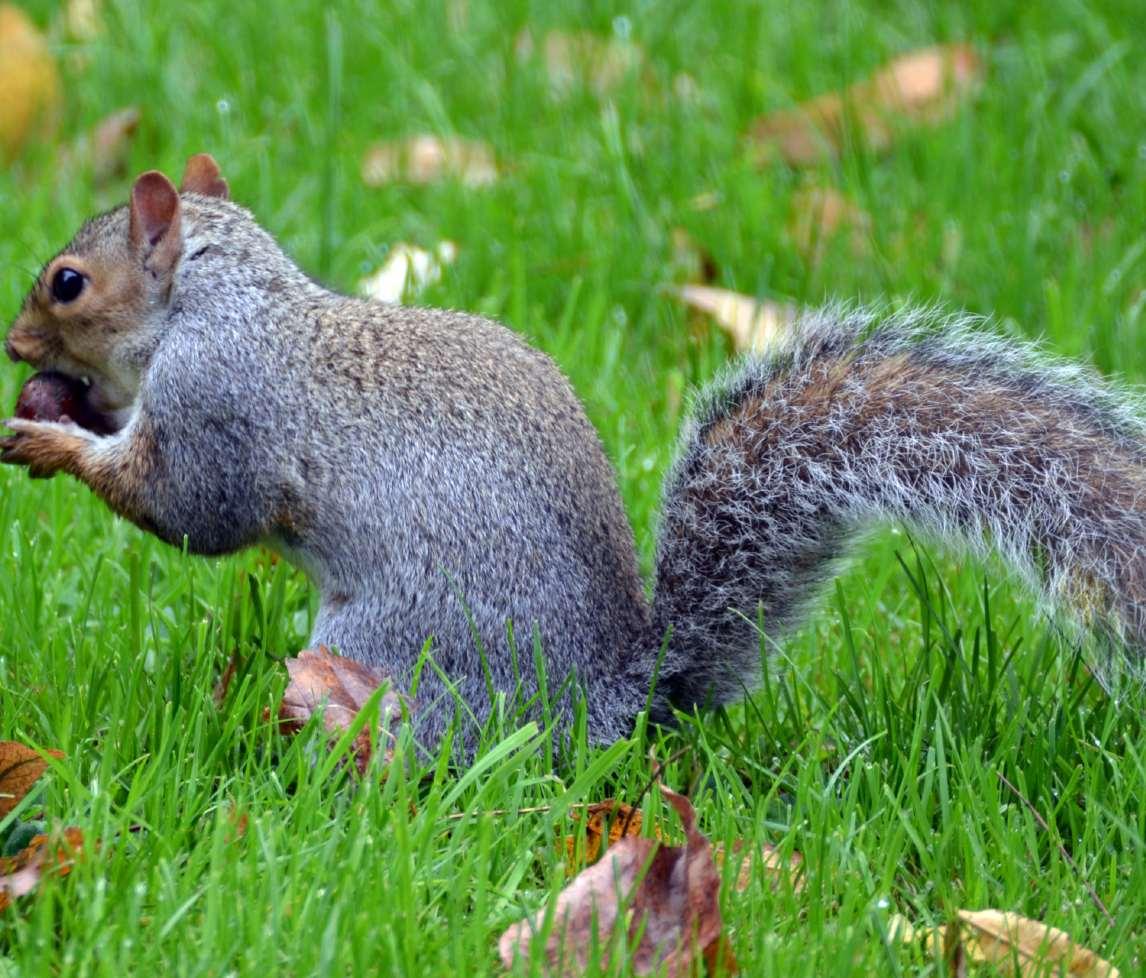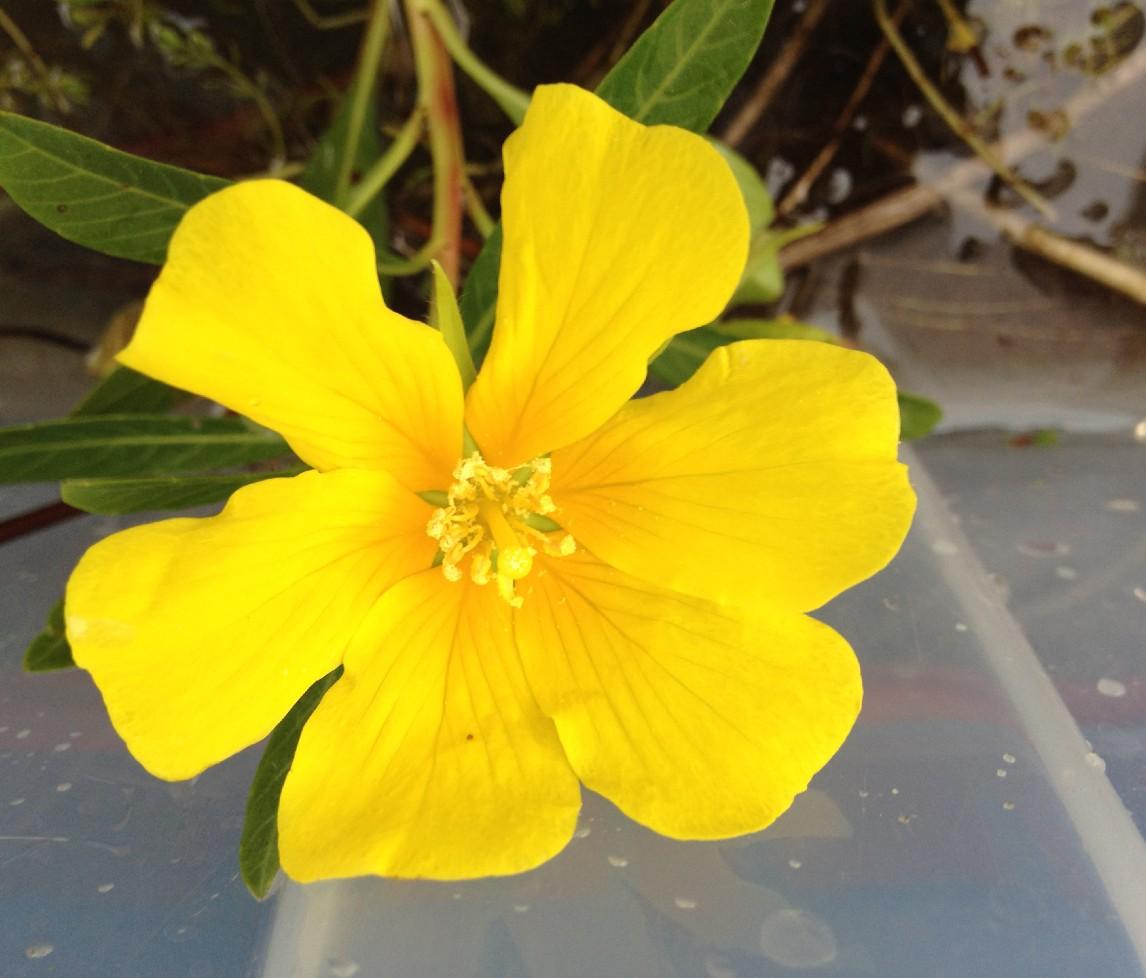Science challenge
Species moved intentionally or unintentionally by humans from one part of the world to a new region where the species didn’t previously occur are termed non-native species. A proportion of non-native species spread causing damage to nature and the way we live and these are termed invasive non-native species. Invasive non-native species are a global problem. From challenging the survival of some species to transforming ecosystems, the impacts of invasive non-native species are severe and growing. The GB Non-native Species Information Portal provides access to information, including origin, date of introduction and methods of introduction, for over 2000 non-native species established in Britain. Such information is vital in tackling the growing problem of biological invasions.
Project summary
The GB Non-native Species Information Portal (GBNNSIP) provides access to distribution maps and other information for all non-native species in Britain. Funded by Defra and led by the UK Centre for Ecology & Hydrology, the GBNNSIP was developed by a consortium of partners including the British Trust for Ornithology, Marine Biological Association and Botanical Society of Britain and Ireland.
The GBNNSIP has information on over 3000 non-native species of which about 2000 are considered to be established, that is having sustained populations in Britain.
Linked to the GBNNSIP is an online “alert system” that has enabled surveillance of many invasive non-native species, including the killer shrimp, Asian hornet, quagga mussel and two-leaf watermilfoil, all identified as high priority invasive non-native species through UKCEH-led horizon scanning. Observations of non-native species are submitted through citizen science initiatives such as the Asian Hornet Watch app (developed by UKCEH with funding from Defra).
The GBNNSIP is hosted through the Non-Native Species Secretariat website.


